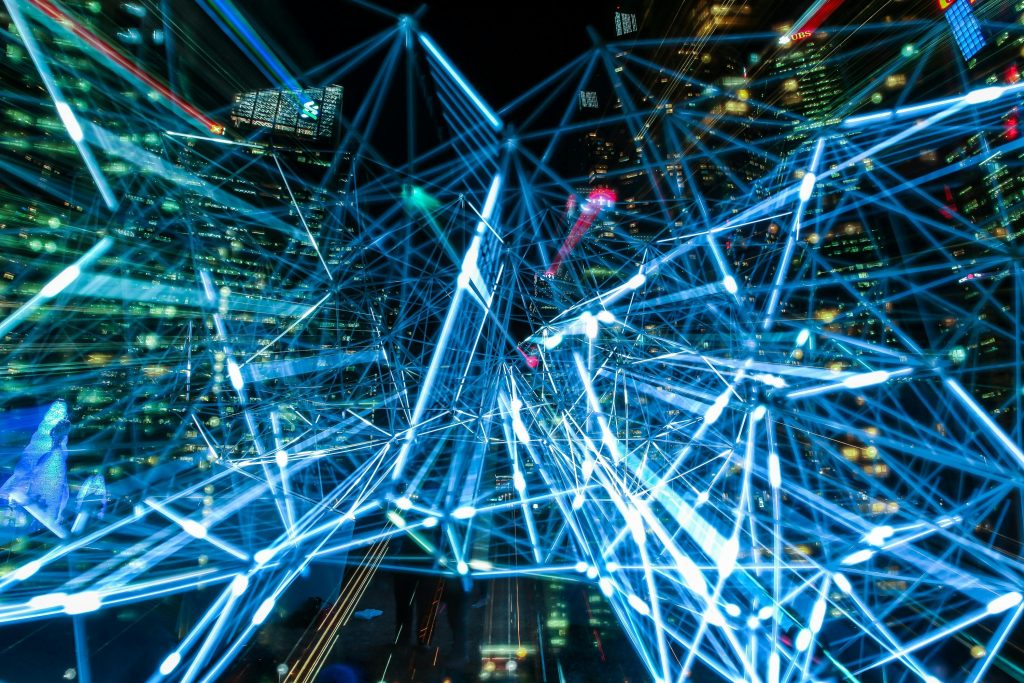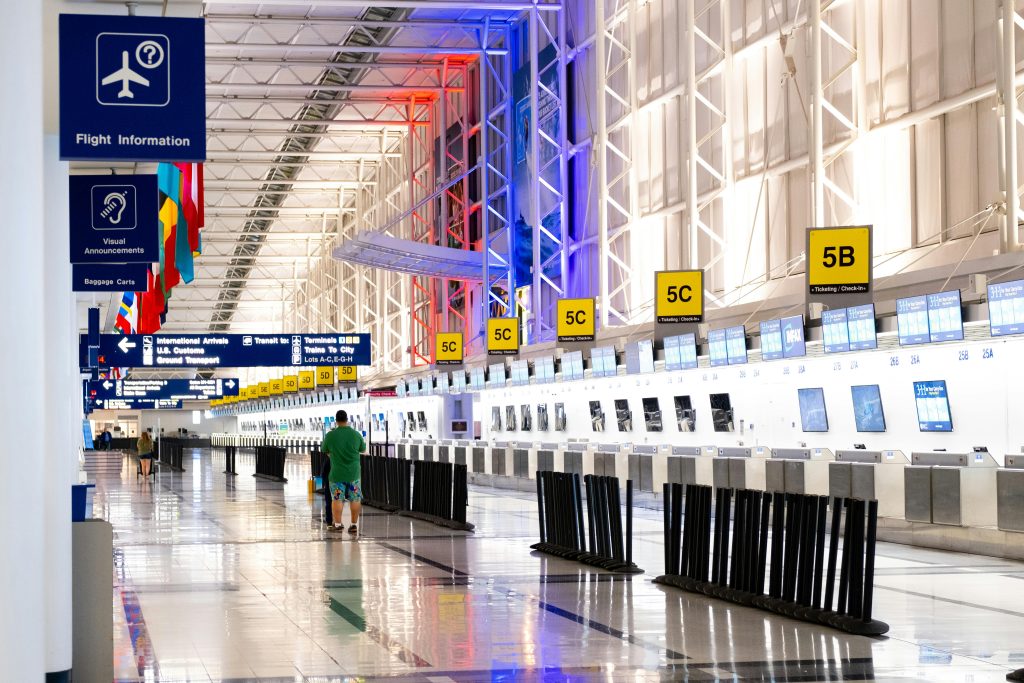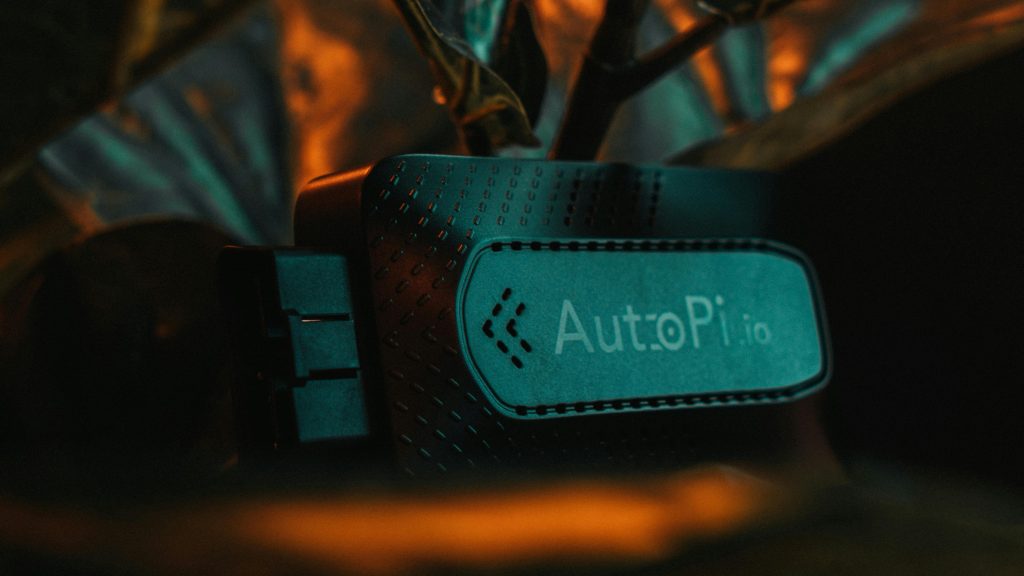AI‑Curated Virtual Museums: Personalized Cultural Exploration
In the future, museums and galleries may morph into personalized AI-curated virtual exhibitions—where visitors explore digital collections tailored by their interests, art history knowledge, and emotional response. These intelligent platforms can assemble a guided “tour” that introduces artworks, architecture, or artifacts aligned to individual taste, pace, and learning style. This post explores how virtual museum […]
AI‑Curated Virtual Museums: Personalized Cultural Exploration Read More »










